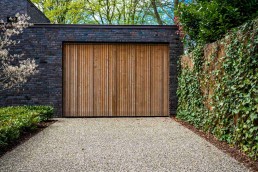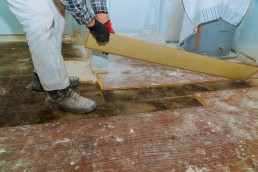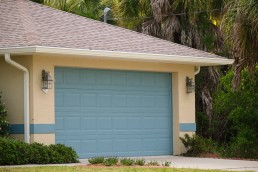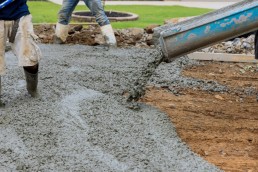Understanding Concrete vs Asphalt Paving Driveways Main Differences
Your driveway is more than just a path; it's the…
5 Frequently Asked Questions about Driveways Answered
You're driving up to your home after a long day,…
Flooring FAQ: Expert Advices You Need to Know Before a Renovation
Are you looking into getting your flooring…
5 Facts to Consider Before Hiring a Concrete Contractor
Concrete contractors are skilled professionals…










